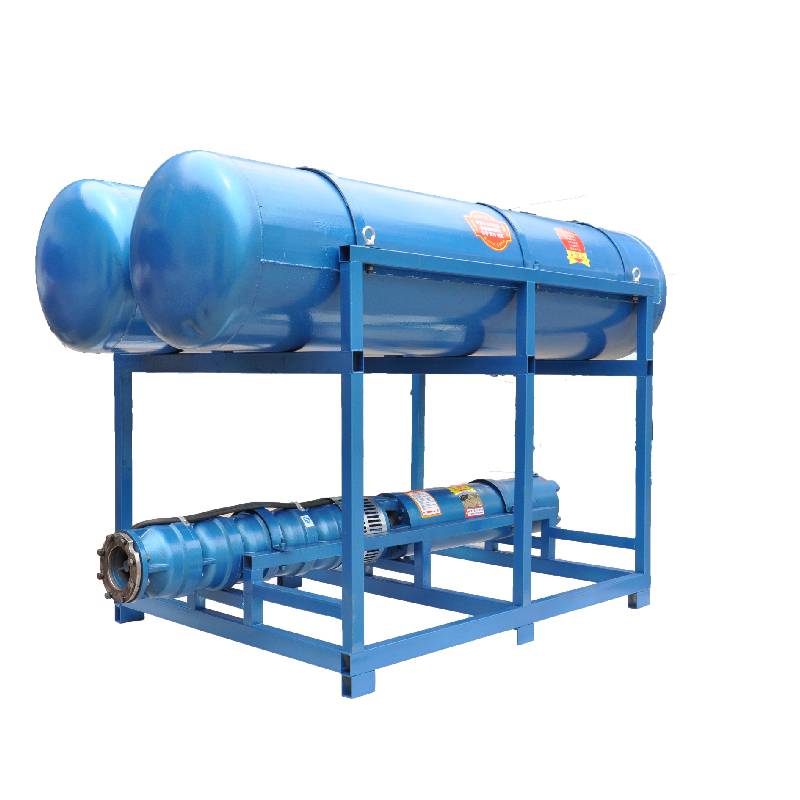окт . 09, 2024 13:03 Back to list
submersible deep well pump installation
Installing a Submersible Deep Well Pump A Comprehensive Guide
Submersible deep well pumps are essential for accessing groundwater from deep aquifers. Ideal for both residential and agricultural applications, these pumps are designed to operate underwater, providing efficient and reliable water supply solutions. The installation process, while straightforward, requires careful planning and execution to ensure optimal performance and longevity. Here’s a comprehensive guide to installing a submersible deep well pump.
1. Planning and Preparation
Before beginning the installation, proper planning is critical. Start by determining the depth of your well and the required flow rate. This information will help select the right pump size and type. Consult local regulations to ensure compliance with water extraction laws and well construction standards.
Gather all necessary tools and equipment, which typically include a wrench, well cap, drop cable, discharge pipe, and a properly sized submersible pump. It’s also advisable to have personal safety gear, such as gloves and goggles, to protect against potential hazards during installation.
2. Equipment Selection
Choosing the right submersible pump is pivotal for efficient water supply. Key specifications to consider are the pump's horsepower (HP), flow rate (measured in gallons per minute or GPM), and the total dynamic head (TDH), which encompasses the vertical lift and friction losses through the well piping. Several reputable manufacturers produce quality pumps, so research and read reviews or consult experts in the field before making a decision.
Upon selecting the right pump, prepare the well for installation. Ensure that the well casing is clean, and any debris is removed. Inspect the existing well infrastructure for any damage or corrosion that could affect the pump’s operation. If your well is not properly cased, consider installing a well casing to prevent contamination and ensure optimal performance.
4. Installing the Pump
submersible deep well pump installation

To install the pump, follow these steps
- Lowering the Pump Connect the drop cable and discharge pipe to the pump. Carefully lower the pump into the well using a suitable lifting device or cable, ensuring that the pump stays vertical to avoid any kinks in the pipe. - Securing the Pump Once the pump reaches the designated depth, secure it in place. Attach the discharge pipe to the wellhead using a well cap that can accommodate the pipe. Ensure that the well cap is tightly fitted to prevent contamination from surface runoff.
- Electrical Connections Connect the drop cable to the electrical supply source following local electrical codes. It’s crucial to make waterproof connections to prevent electrical failures and potential hazards. If unsure, consult a licensed electrician to ensure a safe installation.
5. Testing the System
Once the pump is installed, it’s time to test the system. Turn on the power and let the pump run for a few minutes. Check for leaks at the discharge connection and listen for any unusual noises from the pump. Ensure that water is flowing at the expected rate, and monitor the pressure gauge to confirm that the pump is operating within its specified range.
6. Regular Maintenance
An installed submersible pump requires routine maintenance to ensure its smooth operation. Schedule regular inspections to check for wear and tear, and address any issues such as reduced flow rates or unusual noises promptly. Regularly clean the discharge pipe and well casing to prevent sediment buildup, which can impair the pump's performance.
Conclusion
Installing a submersible deep well pump can significantly improve water access for homes and farms. By following the steps outlined above and adhering to safety protocols, you can successfully install your pump and enjoy a reliable water supply. Proper planning, careful execution, and routine maintenance are key factors in ensuring the longevity and efficiency of your water system. Whether you’re a DIY enthusiast or hiring professionals, understanding the basics of pump installation will empower you to make informed decisions about your water supply needs.
-
Water Pumps: Solutions for Every Need
NewsJul.30,2025
-
Submersible Well Pumps: Reliable Water Solutions
NewsJul.30,2025
-
Stainless Steel Water Pumps: Quality and Durability
NewsJul.30,2025
-
Powerful Water Pumps: Your Solution for Efficient Water Management
NewsJul.30,2025
-
Oil vs Water Filled Submersible Pumps: Which is Better?
NewsJul.30,2025
-
Deep Well Pumps: Power and Reliability
NewsJul.30,2025
-
 Water Pumps: Solutions for Every NeedWhen it comes to handling dirty water, the dirty water pump is a must-have.Detail
Water Pumps: Solutions for Every NeedWhen it comes to handling dirty water, the dirty water pump is a must-have.Detail -
 Submersible Well Pumps: Reliable Water SolutionsWhen it comes to ensuring a reliable water supply, submersible well pumps are a top choice.Detail
Submersible Well Pumps: Reliable Water SolutionsWhen it comes to ensuring a reliable water supply, submersible well pumps are a top choice.Detail -
 Stainless Steel Water Pumps: Quality and DurabilityWhen it comes to choosing a water pump, the stainless steel water pump price is a crucial factor.Detail
Stainless Steel Water Pumps: Quality and DurabilityWhen it comes to choosing a water pump, the stainless steel water pump price is a crucial factor.Detail
